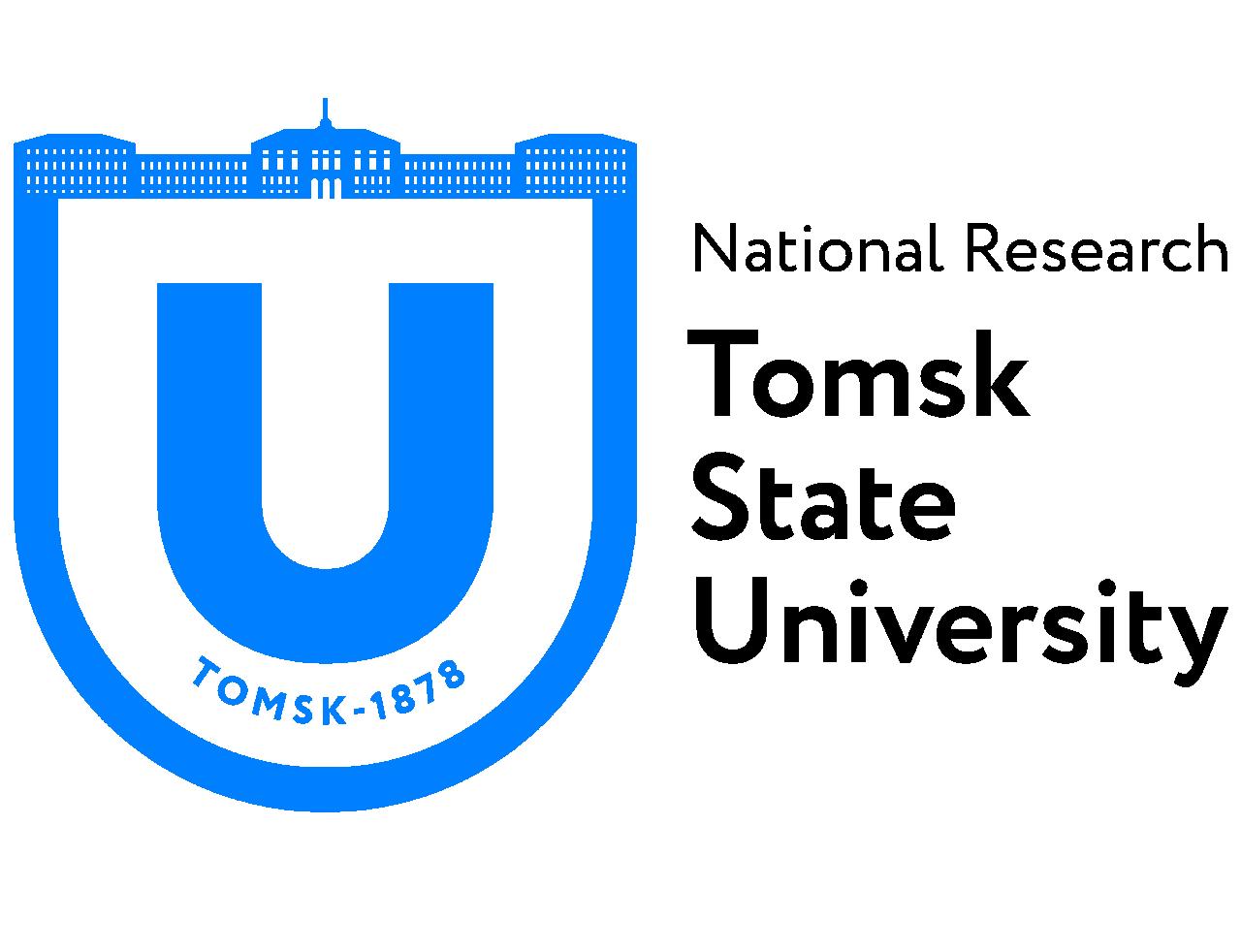Tomsk State University: TSU scientists’ algorithm will diagnose thyroid tumors faster
Researchers from 10 leading centers in Russia, including TSU, have developed a new approach to diagnosing thyroid tumors, based on a blood test. The main diagnostic tools are spectroscopy and machine learning. The role of the TSU scientists was to create methods of analysis using artificial intelligence. The results are presented in the highly ranked journal Biomedical Optics Express (Q1).
The methods used today to diagnose thyroid tumors are either complicated or not accurate enough,- explains Yuri Kistenev, head of the TSU Laboratory of Biophotonics and executive director of the TSU Institute of Biomedicine. -Our approach involves the analysis of molecular markers of blood by terahertz spectroscopy and machine learning.
Our colleagues identified informative signs that help to diagnose the disease: the presence of a tumor in the thyroid gland and determine its nature, that is, a malignant or benign tumor it is. Work with patients was carried out in Novosibirsk, analysis of spectral data was carried out by several research teams in Moscow.
– We, in turn, focused on creating methods of analysis using artificial intelligence, – says Yuri Kistenyov. We analyzed the data obtained by our colleagues and used this information for machine learning. We have developed a variant of ensemble learning, its essence is in a combination of several algorithms that simultaneously learn and correct each other’s mistakes. This approach gives significantly better results than each algorithm separately. In this case, this made it possible not only to teach artificial intelligence to establish the presence or absence of a tumor but also to determine whether it is malignant or not.
According to Yuri Kistenyov, histology remains the “gold standard” for diagnosing neoplasms, but the new method can be used as an auxiliary tool that helps to quickly establish the nature of the problem and determine the further strategy for examining the patient.

